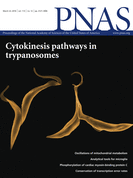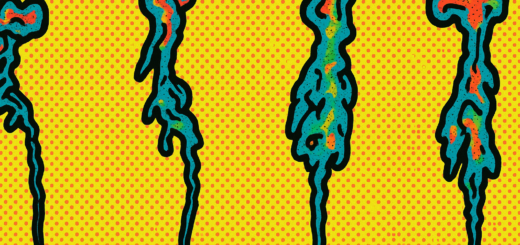New paper with contribution of our lab published

Springer, A. et al. 2016 Proceedings of the National Academy of Science USA
Leaf senescence is the terminal stage in the development of perennial plants. Massive physiological changes occur that lead to the shut down of photosynthesis and a cessation of growth. Leaf senescence involves the selective destruction of the chloroplast as the site of photosynthesis. Here, we show that 13-lipoxygenase (13-LOX) accomplishes a key role in the destruction of chloroplasts in senescing plants and propose a critical role of its NH2-terminal chloroplast transit peptide. The 13-LOX enzyme identified here accumulated in the plastid envelope and catalyzed the dioxygenation of unsaturated membrane fatty acids, leading to a selective destruction of the chloroplast and the release of stromal constituents. Because 13-LOX pathway products comprise compounds involved in insect deterrence and pathogen defense (volatile aldehydes and oxylipins), a mechanism of unmolested nitrogen and carbon relocation is suggested that occurs from leaves to seeds and roots during fall.

